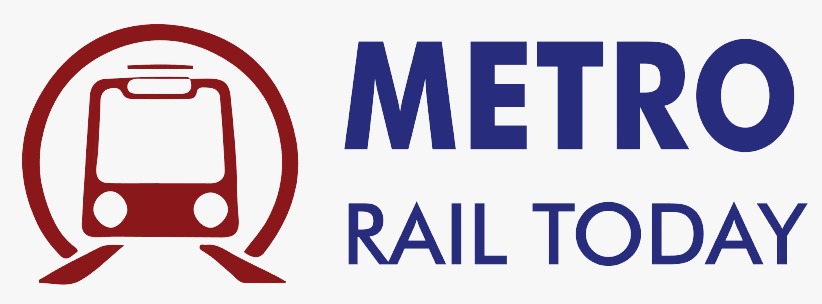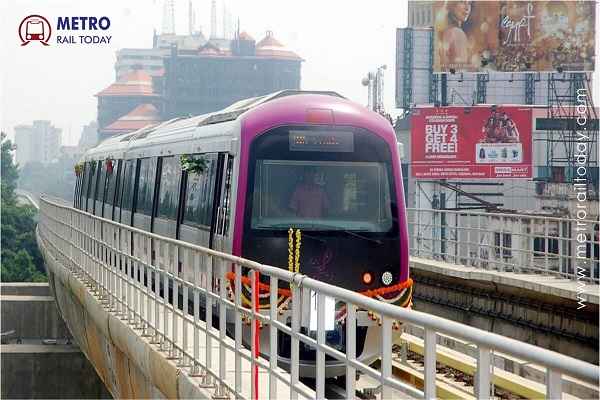 BEML bags additional ₹414 Crore Order from BMRCL for six more Driverless Metro Trainsets
BEML bags additional ₹414 Crore Order from BMRCL for six more Driverless Metro Trainsets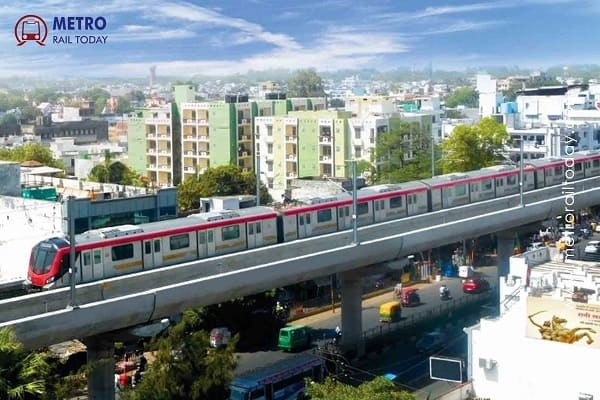 Uttar Pradesh to expand 1,575 km Metro Rail Network by 2047
Uttar Pradesh to expand 1,575 km Metro Rail Network by 2047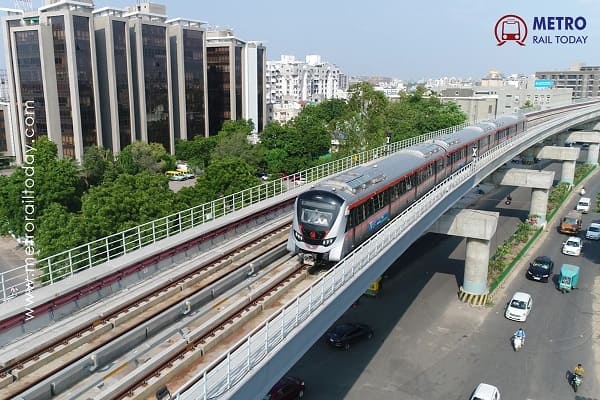 Ahmedabad to unveil India’s First 16-Storey Multimodal Railway Station by 2027
Ahmedabad to unveil India’s First 16-Storey Multimodal Railway Station by 2027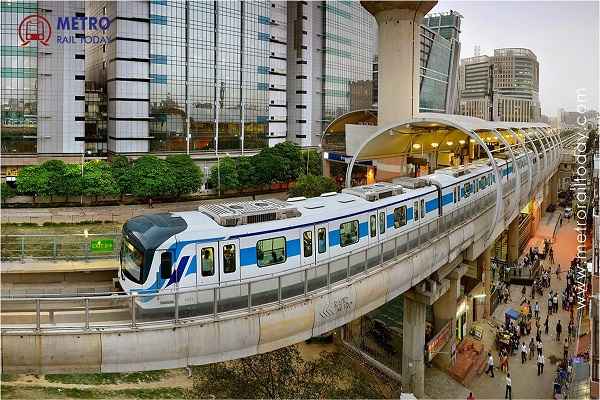 Gurugram plans 15.2-Acre Multi-Modal Transport Hub to integrate RRTS, Metro and Bus Services
Gurugram plans 15.2-Acre Multi-Modal Transport Hub to integrate RRTS, Metro and Bus Services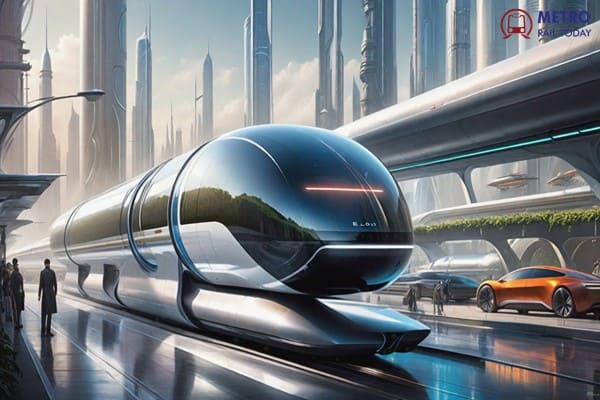 France unveils EcoTrain: A lightweight, driverless Railcar begins dynamic testing on secondary lines
France unveils EcoTrain: A lightweight, driverless Railcar begins dynamic testing on secondary lines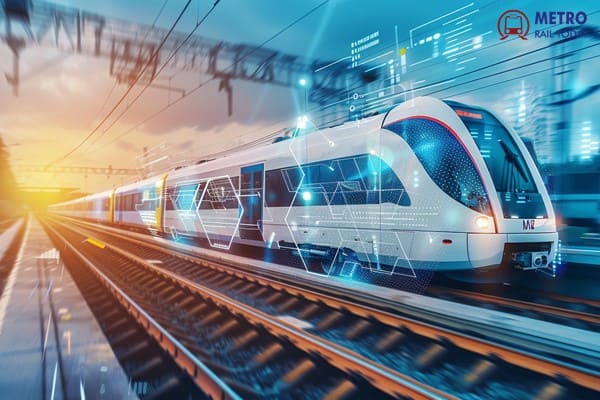 Wabtec Corporation acquires Frauscher Sensor Technology at €675 million
Wabtec Corporation acquires Frauscher Sensor Technology at €675 million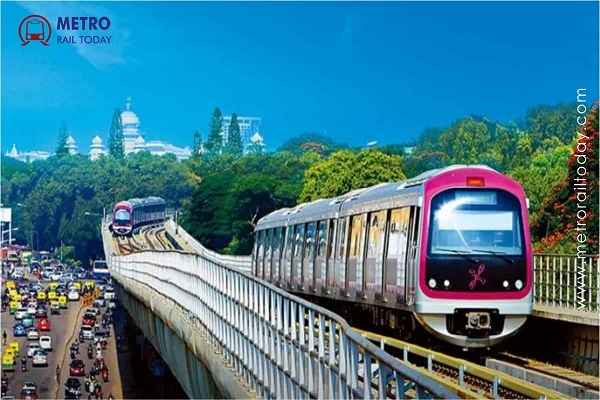 Becquerel emerges as Lowest Bidder for two Geotechnical contracts of Bangalore Metro Phase 3
Becquerel emerges as Lowest Bidder for two Geotechnical contracts of Bangalore Metro Phase 3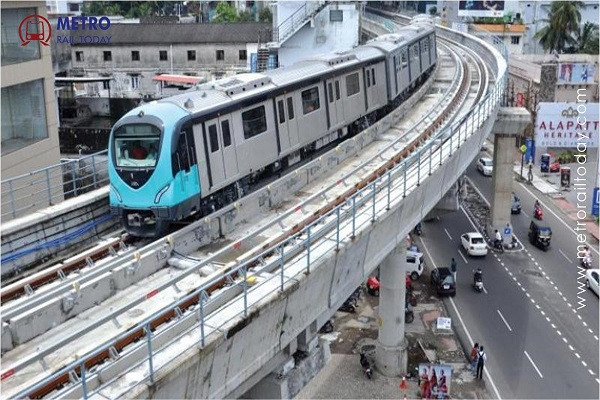 Johnson Lifts emerges as Lowest Bidder for Kochi Metro Phase 2 Elevator Contract
Johnson Lifts emerges as Lowest Bidder for Kochi Metro Phase 2 Elevator Contract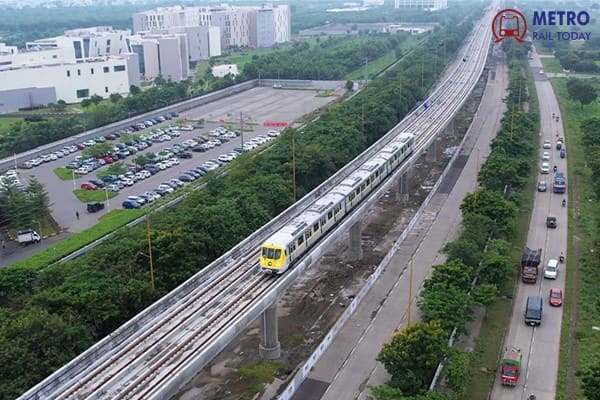 India signs $190.6 million loan agreements with ADB for Indore Metro Rail Project
India signs $190.6 million loan agreements with ADB for Indore Metro Rail Project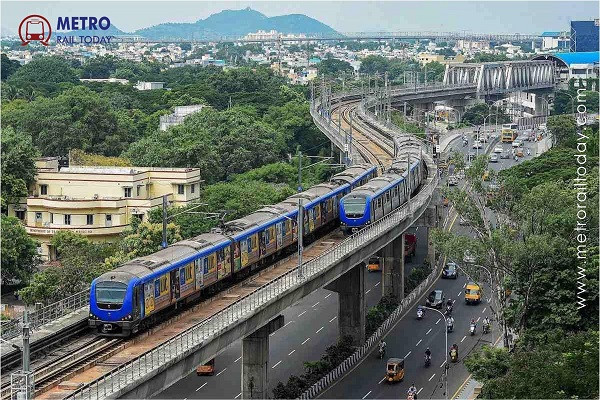 Fujitec India bags two major E&M Contracts worth ₹600.9 crore for Chennai Metro Phase 2
Fujitec India bags two major E&M Contracts worth ₹600.9 crore for Chennai Metro Phase 2
Bangalore Metro readies DPR of ₹16,543 crore Sarjapur-Hebbal Metro Corridor
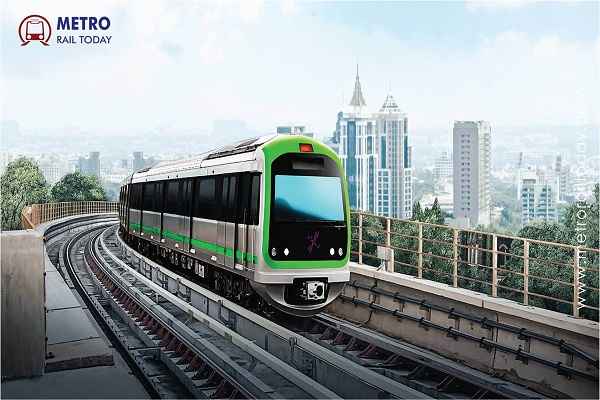
Bengaluru, India (Metro Rail Today): In a significant stride towards enhancing Namma Metro connectivity in the tech capital, a detailed project report (DPR) has been meticulously prepared for the new Sarjapur-Hebbal line. This 37-kilometer line, with an estimated cost of Rs 16,543 crore, including land acquisition charges, holds the promise of alleviating commuting challenges for those navigating the tech zones of Bengaluru. The project, previously outlined in the Comprehensive Mobility Plan-2020, is poised to play a pivotal role in decongesting traffic within the city limits.
Unveiling the Strategic Alignment
The proposed alignment of the Sarjapur-Hebbal line unfolds as a strategic blueprint to address the burgeoning transportation needs of the city. Commencing with an elevated corridor near the IT hub in Sarjapur, the line descends underground upon reaching Koramangala. It navigates through the central business district via an intricate tunnel network and reemerges on Ballari Road, featuring two elevated stations at Ganganagar and Hebbal.
What sets this new line apart is its intricate interlinking with existing metro lines. At four crucial points— Iblur, Dairy Circle, KR Circle, and Hebbal—the Sarjapur-Hebbal line seamlessly integrates with the Blue, Pink, Purple, and Phase III lines. This interconnected web enhances the overall efficiency of the metro system, providing commuters with diverse connectivity options.
Key Details of Sarjapur-Hebbal Metro Corridor
- Length: 37.00 km
- Project Cost: Rs 16,543 crore
- Number of Stations: 28
- Station Names: Hebbal, Ganga Nagar, Veterinary College, Gangenahalli, Mekri Circle, Palace Guttahalli, Bengaluru Golf Course, Basaveshwara Circle, KR Circle, Town Hall, Shanthinagar, Nimhans, Dairy Circle, Koramangla II Block, Koramangla III Block, Jakkasandra, Agara, Ibbalur, Bellandur Gate, Kaikondrahalli, Doddakanalli, Carmelaram, Ambedkar Nagar, Kodati Gate, Muthanallur Cross, Dommasandra, Sompura, Kalena Agrahara Road and Sarjapur.
Key Interlinking Stations and Benefits
At Iblur, the Sarjapur-Hebbal line intersects with the Blue Line, offering a crucial connection to the Central Silk Board junction and Kempegowda International Airport. The Dairy Circle station links with the Pink Line, facilitating travel towards Bannerghatta Road or MG Road. Near KR Circle, the integration with the operational Sir M Visvesvaraya station of the Purple Line streamlines travel for passengers. Finally, near Hebbal, the connection to the Blue Line, Phase III, and the suburban rail station further expands the accessibility of the metro network.
“This line's role in decongesting traffic within city limits is crucial, passing through core city areas. Interlinking with operational Metro lines and those under phase II A and B is a significant boon for commuters. For instance, the proposed KR Circle Metro station, near UVCE, will be linked with the Sir M Visvesvaraya station via a subway,” explained a source familiar with the project.
Easing Ballari Road Congestion
The Sarjapur-Hebbal line is poised to address long-standing challenges related to Ballari Road congestion. Covering an 8-kilometer stretch from Basaveshwara Circle to Hebbal, the line is strategically planned with seven stations—Basaveshwara Circle, Bengaluru Golf Course, Palace Guttahalli, Mehkri Circle, Veterinary College, Ganganagar, and Hebbal. This comprehensive station network aims to ease traffic flow in a significant corridor, impacting the daily commute of countless residents.
A Future-Forward Metro Solution
With the DPR for the Sarjapur-Hebbal line now ready, Bengaluru's Namma Metro takes a substantial step towards future-forward urban transportation. The integration of this line with existing and upcoming metro routes underscores a holistic approach to city connectivity. As Bengaluru looks ahead to a metro-centric future, this project signifies a proactive measure in addressing the city's evolving transportation needs.
